The Sit on the Dog Exercise
 The Sit on the Dog exercise was created by Margo Woods years ago to help dogs calm themselves. It is one of the best exercises to teach your dog and can be done anytime and almost anywhere.
The Sit on the Dog exercise was created by Margo Woods years ago to help dogs calm themselves. It is one of the best exercises to teach your dog and can be done anytime and almost anywhere.
So here it is…
Sit on the Dog
If you only do ONE exercise with your dog, it’s this one.
Not sit. Not stay. Not even come.
This exercise will do more to create a bond and build a relationship of trust with your dog than any other.
In order to help your dog learn that you will not be available to entertain him at all times, and to teach him that he is expected to calm down and be well-behaved during those moments, we will introduce the long down, or “sit on the dog” exercise.
“Sit on the dog” is deceptively easy: place your dog on his leash, then sit on it, allowing him just enough length to lie quietly at your feet with a little bit of tension on the leash. (If you have a large or particularly active dog, you may want to wrap the leash around one leg after you’ve sat on it.) And then ignore your dog for 30 minutes. That’s it.
Be sure to “sit on the dog” when you are working on something else: watching television, reading the newspaper, working on the computer. You must do the exercise for a minimum 30 minutes, at least once, and preferably twice a day. It is helpful to have each family member practice the “sit on the dog” exercise.
If your dog does anything for attention, you are to ignore him. If he climbs up on you, chews the leash, mouths your hand, or anything else that is inappropriate, grab the leash next to the collar and put steady, gentle downward pressure on the leash – no talking or touching the dog allowed! Continue to provide this pressure until he settles again, and continue with the “sit on the dog” exercise. The 30 minutes begins AFTER your dog settles down. This means the first few times you do the exercise, it may last as long as 45 minutes or an hour – some dogs have lasted even longer than that. Take heart – your dog will soon learn to settle very quickly.
You should “sit on the dog” at least once, preferably twice a day, and make sure everyone in the family takes a turn. It may take a little while, but you will find that your dog will settle quietly at your feet, and learn that when he wants your attention, sometimes he will just have to wait.
The “sit on the dog” exercise often feels like you are “not doing anything” with your dog, and people are sometimes tempted to not do it. To skip this exercise is to deny your dog the gift of self-confidence, self-control, and “doggy zen.” It teaches your dog how to calm himself down by choice, it teaches him to defer to you when you are not able to pay attention to him, and it teaches him that yes, he is fully capable of relaxing quietly, something puppies can have a hard time learning. “Sit on the dog” is an excellent exercise for achieving the overall leadership role you should have with your dog.
Thank you again to Margo Woods of Time and Patience Dog training for lending Canine Life Skills their article. You will greatly be missed from the dog world.
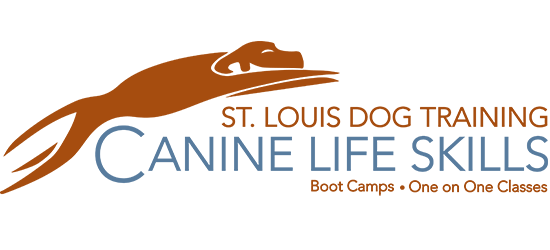
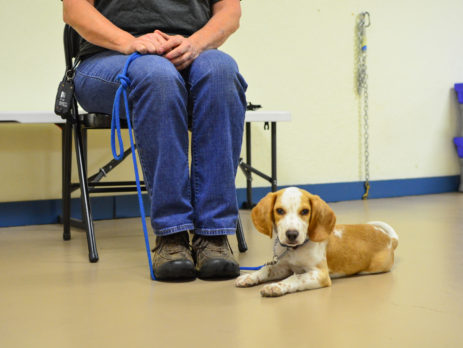
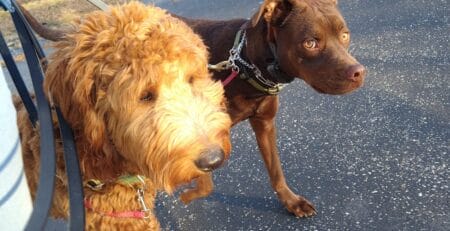

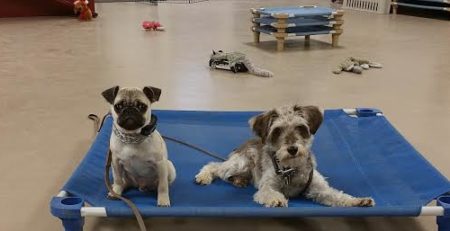

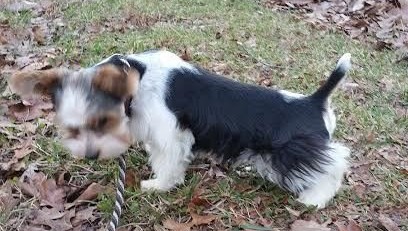
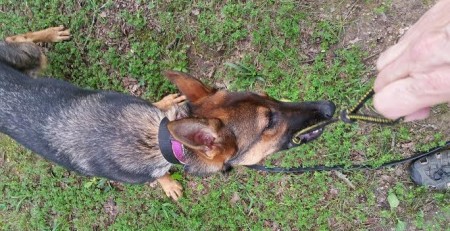


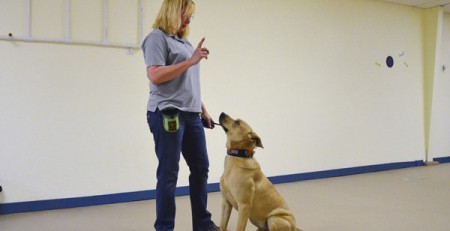

Comments (7)
Is this an effective training technique even with a 3yr old with a high drive? I am willing to take the time, but don’t want to over stress my female Standard. She is already very confident of her self, but I am thinking this might help with teaching a longer stay command.
Yes, this can help. This exercise teaches the dog to self settle without our interference.
Does the 30min marker restart anytime they try to get up or get attention?
Ideally, yes. But if time is an issue, work toward any amount of relaxation.
What do you do if the puppy keeps “unsettling,” chewing on things (including you and the leash, etc? She’s 12 weeks old and VERY mouthy so I’ve given her a bully stick to chew on, but that only keeps her occupied for a short time (and maybe it’s a mistake, but without that she goes right to chewing her leash, which is very hard to keep from happening. Help?
If the puppy is very mouthy and restless I’d put it in its crate for a long nap. Puppies get frustrated and overly mouthy when over stimulated from not enough down time. 2 -3 hour naps in a quiet spot and then calmer activities like a walk or just let the puppy chew on a toy. After the puppy has had some activity is a good time for the sit/stand on the dog exercise. Use a chain leash or short cable tie out for persistent leash viewers. Discourage mouthing with a nylabone or kong toy. You can also try a sharp distracting noise like a tap on a table.
It works. Put a rug beside you for the dog to lie on. . When the pup is lying still, reward with a treat.
All you are doing is rewarding your dog for being restrained. Increase duration, decrease rewards . Add distraction for proofing. A dog that can relax and not expect owner interaction every second is a pleasure to take anywhere.
Comments are closed.